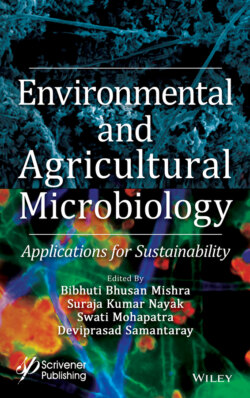Читать книгу Environmental and Agricultural Microbiology - Группа авторов - Страница 54
3.2.1.5 Mercury
ОглавлениеIn periodic table, mercury belongs to the transition element series. It occurs in three forms in the nature as elemental, inorganic, and organic form with individual toxicity character [43]. Generally, it exists in liquid form [23]. It can also exist as a cation through oxidation state of +1 (mercurous) or +2 (mercuric) [44]. It is used in electrical industry, dental amalgams, and in various industrial methods containing the manufacture of caustic soda, antifungal agent, manufacture of nuclear reactors, usage as a solvent for reactive and expensive metal, as a preservative of pharmaceutical products, etc. [45]. Mercury is released and contaminates the environment from combustion of coal, manometers at gas pressure measuring stations, and gas/oil pipelines as well. It exists in mercuric (Hg2+), mercurous (Hg2+2), elemental (HgO), or alkylated (methyl/ethyl mercury) form [23]. Human and animals expose to mercury and other chemicals by calamities, atmospheric pollution, contamination of food, dental repair, precautionary medical applications, farming, and industrial processes [17, 30]. Mercury entered to water by natural procedure of gassing from ground of earth and by industrial pollutants and accumulates in fish and tiny organisms inhabiting in the water bodies. Due to its lipid soluble nature, it can easily cross placenta and blood brain barrier. By eating methyl mercury affected fish, it enters to gastrointestinal tract and also affects kidney, neurological tissue and liver of human and it causes gastrointestinal toxicity, neurotoxicity, and nephrotoxicity [16].
